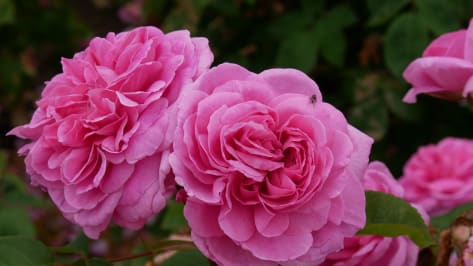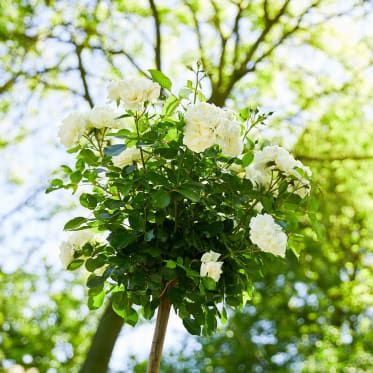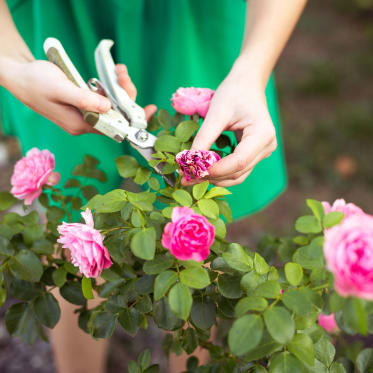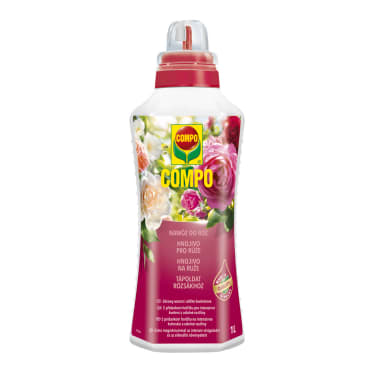Frequent search terms
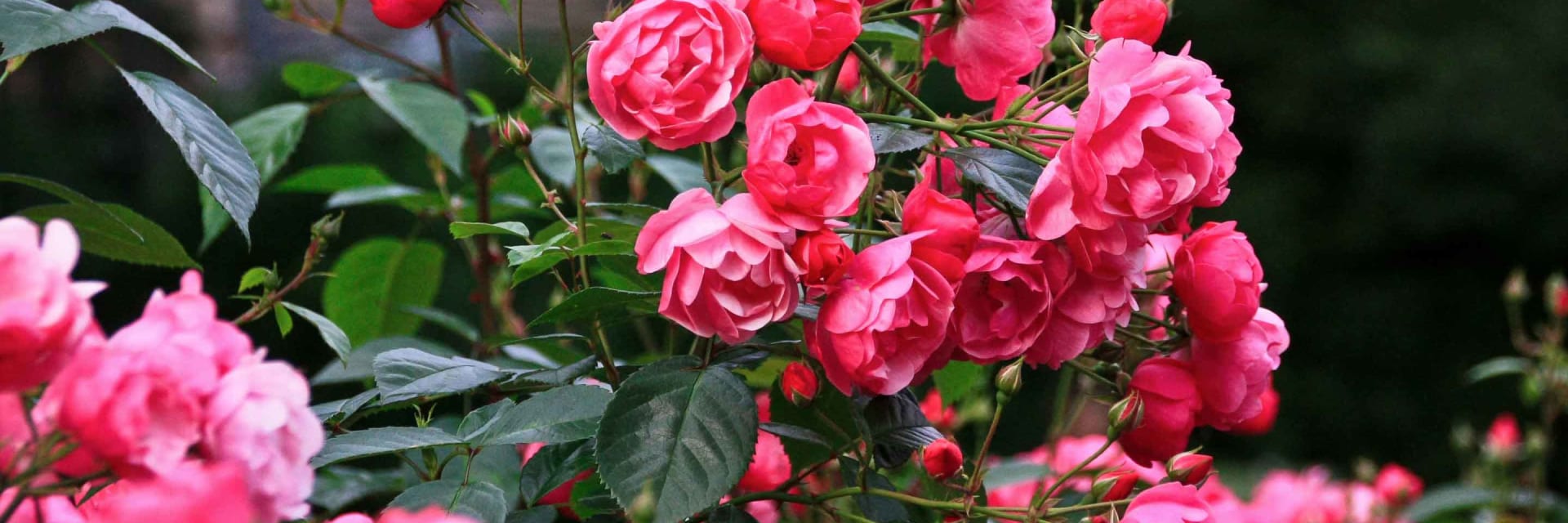
- COMPO
- Guide
- Plant Care
- Garden
- Roses
- Rose types: Not all roses are alike
Rose types: Not all roses are alike
There is hardly any other flower with as many varieties as the rose. They differ in size, growth habit, colour, flower shape, scent and much more. It comes as no surprise that many hobby gardeners are overwhelmed by their enormous diversity. With that in mind, it might be helpful to first get an overview of the different groups of roses. The question of which variety should only be addressed in a second step once the decision on the rose type has been made. Distinctions are made between the following groups:
Table of content
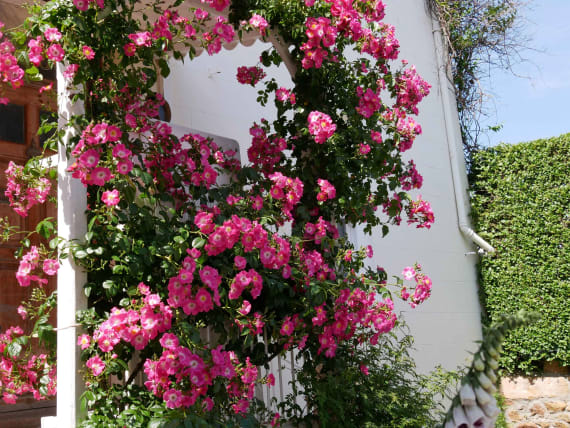
The different rose groups
Flowerbed roses: Flowerbed roses are well suited to being planted in large spaces and usually grouped together. Most of them grow compactly, don't exceed 60 cm and bloom several times per year. The best-known varieties are the pink and broad Bonica, the creamy white Edelweiss rose and the bright yellow Goldmarie.
Hybrid tea roses: Thanks to their upright growth, hybrid tea roses grow to between 80 and 100 cm tall. They do well in small groups or alone in flowerbeds. The elegant plants owe their name to their well-filled elegant flowers that make their grand entrance in June and September/October. Popular varieties are 'Pink Panther' (salmon pink), 'Burgund 81' (dark red) and 'Rosa Peace' (yellow with a coppery border).
Shrub roses: Shrub roses, also known as bush roses, are true floral spectacles. The upside: They grow in both height and width and have particularly strong shoots. They normally flower several times a year and reach an impressive height of 1.2 to 2 m. Shrub roses come in almost every size and colour and can be planted in any number of ways – whether individually, as a group or as a hedge. The thick pink 'Elmshorn' or the 'Iceberg', blooming once a year, are particularly beautiful varieties.
Small shrub roses: Given their resilience and bushy yet compact size, small shrub roses are perfect for mass planting. They are also known as ground-cover roses. They are known for their enormous flowering capacity and their strong, resilient leaves. With its powerful pink colour and nostalgic flower shape, the 'Romantic Roadrunner' variety gets the pulses of many rose fans racing.
Climbing and rambler roses: Resilient climbing roses grow on building walls, archways, pergolas and carports. They resemble shrub roses but have much longer shoots that can grow up to five metres long. So they need trellises to support their growth. The 'Santana' variety can be found in many gardens and turns heads with its abundant, deep red flowers. Rambler roses are a new, more flexible variety of climbing rose with smaller flowers, which also offer natural cover for trees and fences.
Miniature roses: The low and rather bushy miniature roses are among the most versatile rose varieties. Due to their small size (they usually don't grow bigger than 30 to 40 cm), they are perfect for tubs, boxes and flowerbed borders. Their small flowers bloom abundantly in the summer months. Miniature roses usually have hardly any thorns and are resistant to common rose diseases. Popular varieties are 'Goldpenny', with its strong, lemon-coloured flowers, and 'Pink Symphony', a broad miniature rose with densely branched shoots and delicate pink flowers, which is particularly resistant to diseases.
Wild roses: Low-maintenance wild roses are generally loose and bushy and therefore perfect for planting in groups or as a hedge. They bloom very abundantly once a year. In the autumn, their rose hips add a wonderful touch of colour to your garden and are a valuable source of nutrients for a variety of insects and birds. A well-known variety is the bushy burnet rose with white to light yellow flowers and black rose hips.
More information on the subject of roses
Suitable products for rose care




